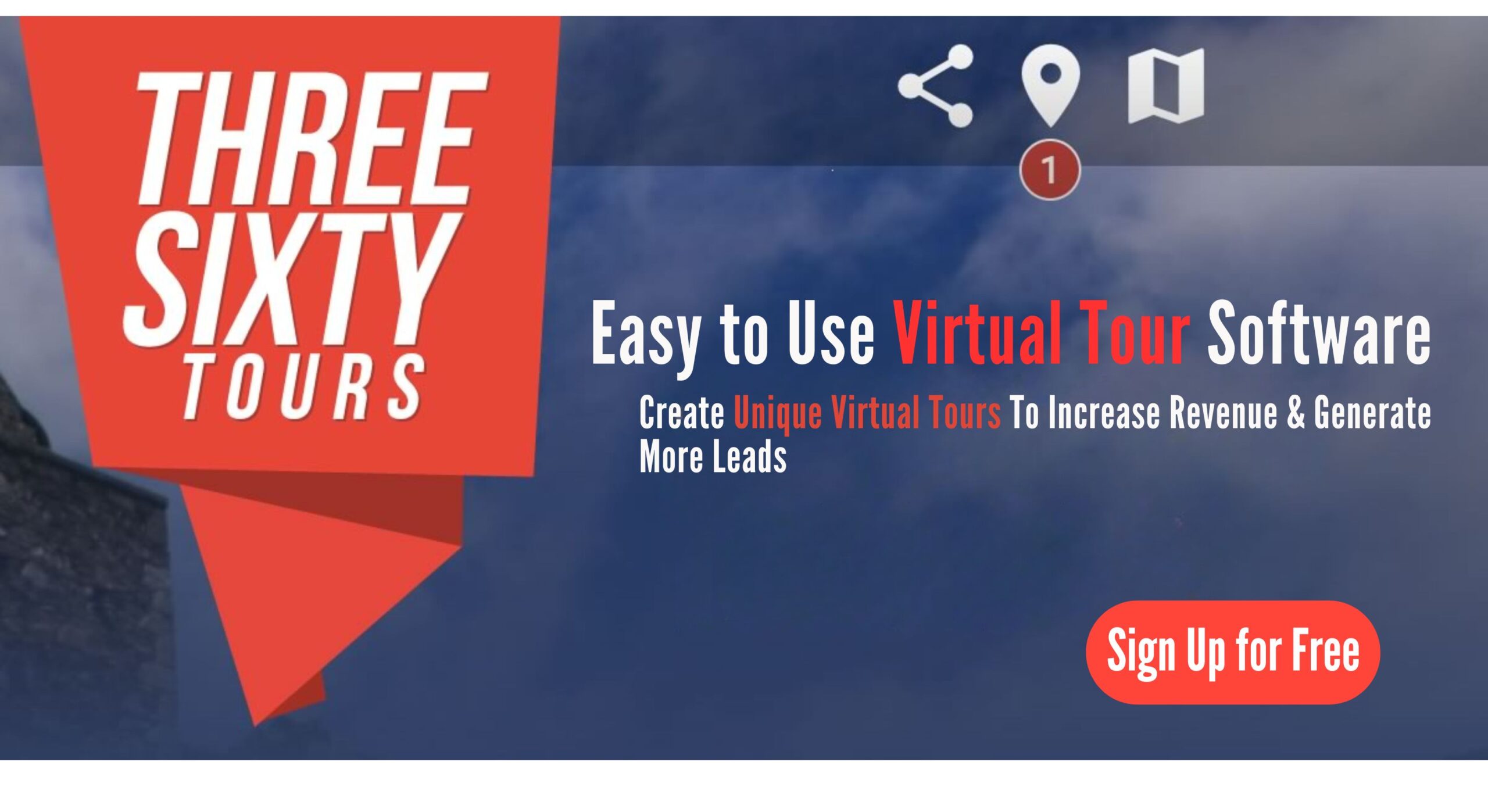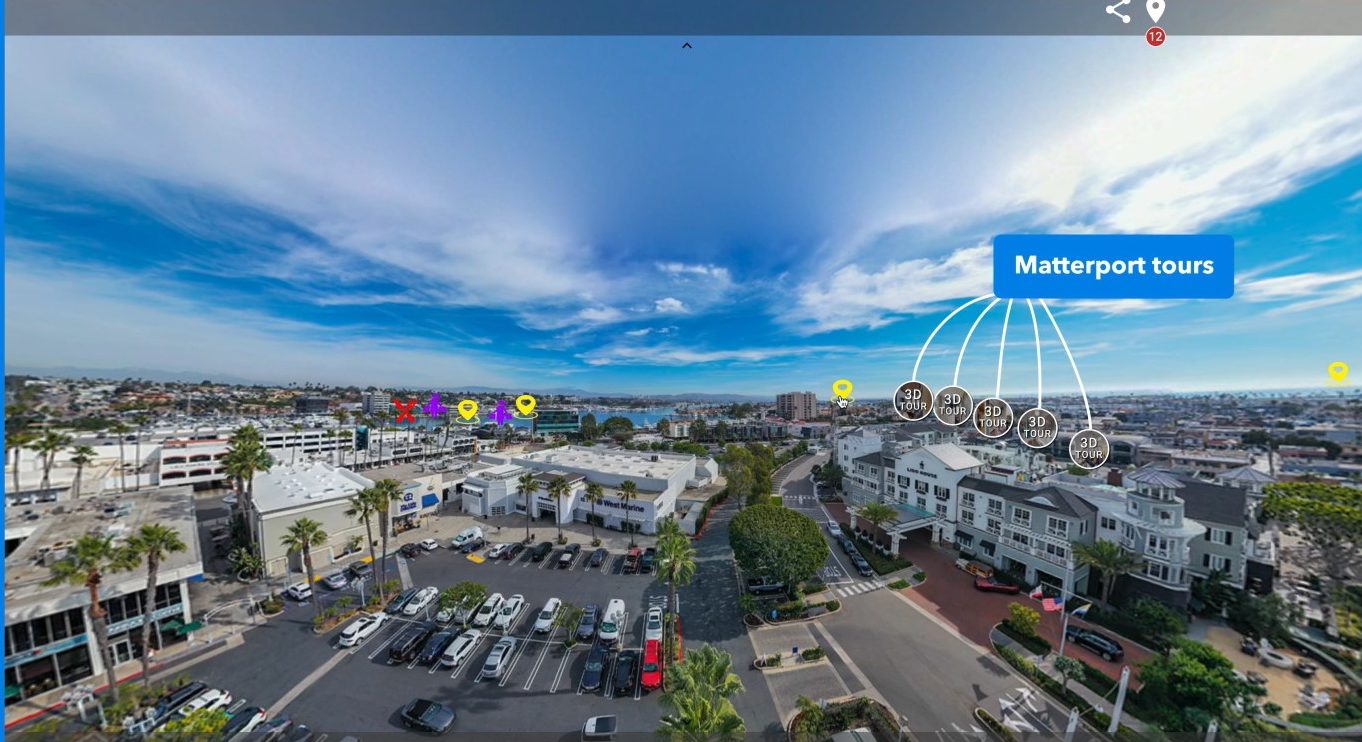picture 360
Picture 360: A Complete Guide to 360-Degree Imagery for Photographers and Real Estate Agents
I. Introduction
In today’s digital-first world, visuals aren’t just important—they’re everything. From real estate to tourism and marketing, people crave immersive experiences that go beyond flat images. That’s where Picture 360 comes in.
Picture 360 refers to panoramic images or videos that capture every angle of a scene—left, right, up, and down. This allows viewers to explore spaces as if they were standing right there. Whether viewed on a phone, laptop, or VR headset, 360-degree imagery creates a sense of presence that traditional photos can’t match.
This format is especially useful for professionals in real estate and photography. Imagine giving potential buyers a virtual tour of a home or showcasing your photography portfolio in a more engaging way. Platforms like www.threesixty.tours make it easy to create and share these experiences.
In this guide, we’ll break down the tech behind Picture 360, show how it’s used in different industries, and walk you through how to create high-quality 360-degree visuals. We’ll also touch on challenges and look ahead at what’s coming next.
II. The Technology Behind Picture 360
Creating immersive 360-degree content starts with understanding the tools that make it possible. Let’s take a closer look at the cameras, software, and innovations powering this technology.
A. Cameras for 360-Degree Imagery
360-degree photography captures everything around the camera. There are a few types of gear you can use, depending on your needs and budget.
- Dedicated 360 Cameras: These are all-in-one devices with two fisheye lenses. Popular models include the Ricoh Theta Z1, Insta360 ONE X2, and GoPro MAX. They’re compact, easy to use, and great for real estate or travel content.
- DSLR or Mirrorless Cameras: For higher image quality, some pros use a DSLR with a panoramic tripod head. You take multiple overlapping shots and stitch them together later. This takes more time but delivers stunning results.
- Action Cameras: Cameras like the GoPro MAX are rugged and portable, making them ideal for capturing 360-degree footage in dynamic environments.
B. Stitching and Editing Software
After capturing your images or videos, you’ll need to stitch them together. Stitching combines overlapping areas into a single, seamless panorama.
- PTGui: A favorite among professional photographers for its precision and control.
- Adobe Lightroom and Photoshop: Great for enhancing colors, correcting exposure, and retouching.
- Insta360 Studio and GoPro Player: Designed for editing footage from their respective cameras.
- www.threesixty.tours: This platform goes beyond just hosting. It lets you create interactive tours with clickable hotspots, floor plans, and embedded media.
C. Innovations and What’s Next
Technology in this space is advancing fast. Here are some exciting trends to watch:
- AI-Powered Editing: Artificial intelligence is making stitching and editing faster and more accurate.
- Live 360 Streaming: Real-time virtual events and property showings are becoming more common.
- AR and VR Integration: Augmented and virtual reality are taking 360 experiences to the next level, offering fully interactive environments.
If you’re just getting started, stick with a reliable platform like www.threesixty.tours to simplify the process.
III. Applications of Picture 360
360-degree imagery isn’t just a cool gimmick—it has real-world applications that drive engagement and sales. Let’s explore how different industries are using Picture 360 to their advantage.
A. Real Estate Virtual Tours
For real estate agents, Picture 360 is a game-changer. Virtual tours help listings stand out and give buyers a better feel for a property.
Benefits for Sellers and Buyers:
- More Views: Listings with virtual tours get more clicks and longer viewing times.
- Convenience: Buyers can explore homes from anywhere, anytime.
- Saves Time: Pre-qualify buyers by letting them tour virtually before scheduling a showing.
Traditional photos can be misleading or limited. A 360-degree tour shows the full layout and flow of a space, helping buyers make informed decisions. With platforms like www.threesixty.tours, agents can create and share tours in minutes.
B. Tourism and Travel
Tourism boards, hotels, and travel companies use Picture 360 to let people “try before they buy.”
Immersive Travel Previews:
- Walk through a resort in Bali.
- Explore ancient ruins in Greece.
- Tour a cruise ship before booking.
These experiences build trust and spark excitement. According to a study by Think with Google, 67% of travelers want more virtual tours before making travel decisions.
Real-World Examples:
- Marriott Hotels offer 360-degree room tours to help guests choose the perfect accommodation.
- Tour operators like Walks use immersive previews to drive bookings.
C. Marketing and Advertising
In marketing, standing out is everything. Picture 360 grabs attention and keeps users engaged longer.
Why It Works:
- Interactivity: Users click, drag, and explore, leading to higher retention.
- Storytelling: Brands can create a narrative around their product or space.
Brand Use Cases:
- Auto Industry: Car companies offer 360 views of interiors and features.
- Retail: Virtual showrooms let customers browse products and layouts.
If you’re a marketer, adding Picture 360 to your strategy can boost engagement and conversions.
IV. Creating High-Quality 360 Images
You don’t need to be a tech wizard to make great 360-degree content. With the right tools and a bit of planning, anyone can do it.
A. Shooting Tips and Best Practices
Choose the Right Camera:
- Beginners: Try the Insta360 ONE X2 or Ricoh Theta Z1.
- Pros: Use a DSLR with a panoramic head for ultra-high resolution.
Keep It Steady:
- Use a tripod to avoid motion blur and ensure smooth stitching.
- Level your camera to avoid crooked horizons.
Light It Right:
- Natural light is best. Shoot during the day to avoid harsh shadows.
- Avoid shooting into direct sunlight, which can cause lens flares.
Plan Your Shots:
- Think about the viewer’s journey. Capture from central points with good visibility.
- Avoid clutter and distractions in the frame.
B. Editing and Post-Production
Stitching and Enhancing:
- Use PTGui or Hugin for precise stitching.
- Edit in Adobe Lightroom for color correction and sharpness.
- Remove tripod shadows or imperfections in Photoshop.
Create Interactive Tours:
- Upload your images to www.threesixty.tours.
- Add hotspots to link rooms or show more info.
- Embed videos, floor plans, or contact forms.
Optimize for Mobile:
- Compress images for faster loading.
- Test your tours on phones and tablets to ensure smooth performance.
By following these steps, you’ll deliver a polished, professional experience that keeps viewers engaged.
V. Challenges and Limitations of Picture 360
Like any technology, Picture 360 has its hurdles. But knowing what to expect can help you avoid common pitfalls.
A. Technical Issues
Stitching Problems:
- Misaligned images or visible seams can ruin immersion.
- Avoid shooting near moving objects or in low light, which can confuse stitching software.
Camera Limitations:
- Entry-level cameras may struggle with resolution or dynamic range.
- Investing in better gear can improve quality but costs more upfront.
B. User Experience Concerns
Device Compatibility:
- Not all browsers or devices support 360 content equally.
- Use responsive platforms like www.threesixty.tours to ensure compatibility across desktops, mobile, and VR headsets.
Overwhelming Interfaces:
- Too many interactive elements can confuse users.
- Keep navigation simple and intuitive. Use menus, arrows, and minimal clutter.
Accessibility:
- Not all users can interact with 360 content easily.
- Provide alternate views or text descriptions when possible.
By addressing these challenges early, you’ll create a smoother, more enjoyable experience for your audience.
VI. Conclusion
Picture 360 isn’t just a fancy way to take photos—it’s a powerful storytelling tool that’s reshaping how we share, sell, and experience the world.
Whether you’re a photographer looking to expand your portfolio or a real estate agent trying to close more deals, 360-degree imagery offers a unique edge. With the right camera, smart editing, and platforms like www.threesixty.tours, you can create immersive experiences that truly resonate.
We’ve covered the basics of the technology, explored real-world applications, and laid out best practices for capturing and editing great content. Yes, there are challenges—but they’re manageable with the right tools and mindset.
The future of visual content is immersive, interactive, and engaging. Don’t get left behind. Start experimenting with Picture 360 today and see how it can transform your business.
Ready to dive in? Visit www.threesixty.tours to start building your first virtual tour. Your audience—and your bottom line—will thank you.


